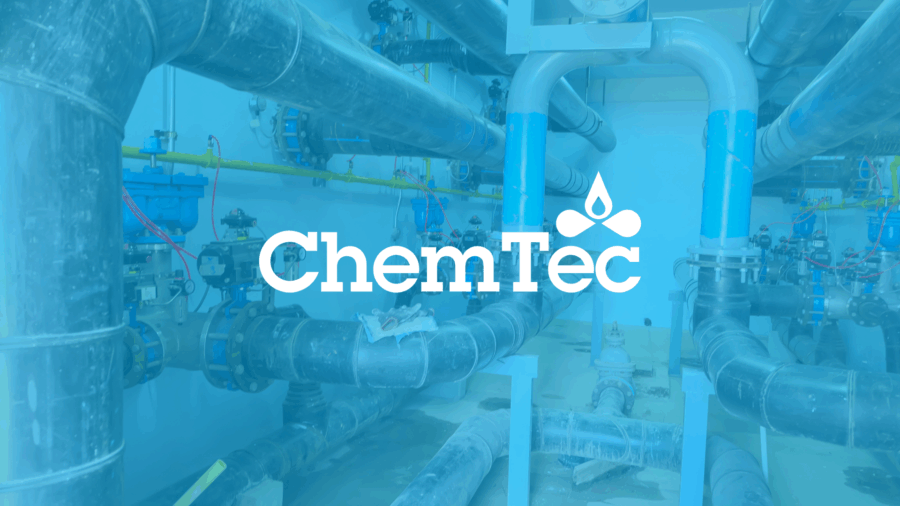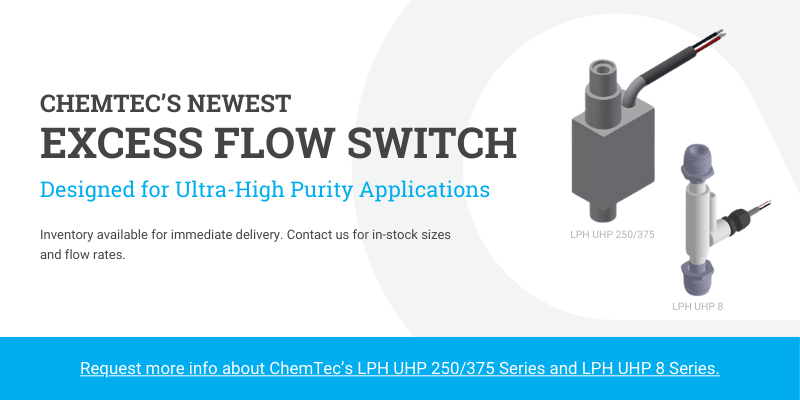Clean, treated water is essential for the operation of industrial facilities. However, achieving consistent water quality is challenging. Chemical dosing plays a crucial role in precisely introducing chemicals, such as acids, disinfectants, and scale inhibitors, into a water treatment process.
When done correctly, chemical dosing enables operators to optimize system performance, minimize chemical overuse, reduce costs, and maintain consistent and reliable water quality. Across various industries, including manufacturing, power generation, and municipal and industrial treatment facilities, water flow meters and excess flow valves are helping facilities achieve these goals while supporting sustainability initiatives. But, how exactly does a chemical dosing system work, and why is it so important?
Inside a Chemical Dosing System: Components That Make it Work
A chemical dosing system relies on precision at every stage. While configurations can vary, the core components include storage tanks, metering pumps, and flow meters to ensure accuracy and chemical concentration.
At the center of every chemical dosing system is the metering pump. To maintain accurate dosing, a flow sensor is typically installed upstream of the pump. This placement allows the flow sensor to verify flow is entering the system, thereby avoiding potential problems downstream.
Automated Chemical Dosing for Safety & Sustainability
For facility managers, plant engineers, and environmental compliance professionals, maintaining the correct chemical balance in the water is a long-standing challenge. In the past, the chemical dosing process was monitored manually by a person on-site. This often led to inconsistent chemical levels, increased costs, and safety risks. Today, with the combined in-line use of flow sensors and flow meters, facilities can avoid these problems by delivering the right amount of chemicals accurately.
ChemTec’s MAO 500 Series allows operators to ensure accuracy in dosing performance.This practice of sustainable dosing enables operators to optimize pH, phosphate removal, and microbial control while maintaining appropriate chemical use. By automating chemical dosing, facilities reduce chemical waste, lower costs, and support sustainability initiatives, all while maintaining consistent fluid flow and reliable water treatment.
Why Chemical Dosing Matters Across Industries
Growing concerns over water quality and stricter environmental regulations are driving the adoption of chemical dosing systems. Facilities in wastewater, food & beverage, oil & gas, and pharmaceutical industries rely on chemical dosing systems to protect equipment, maintain product quality, and maintain regulatory compliance.
Rapid industrialization in regions like the Asia-Pacific, along with urbanization and infrastructure development, is further fueling demand for automated dosing solutions. With digital dosing, sensors, meters, AI, and IoT making it easier to monitor systems and optimize chemical use, the global market for chemical dosing is projected to grow at a 5–7% compound annual growth rate through the 2030s.
Protect Your Chemical Dosing System with ChemTec Flow Sensors
Choosing the right flow meter for a chemical dosing system helps optimize the system, minimize chemical overuse, reduce costs, and ensure consistent and reliable water quality. ChemTec’s flow meters, flow sensors, and excess flow valves offer a solution designed to keep your systems running clean and compliant under the latest industry standards.Looking to optimize your chemical dosing system? Connect with ChemTec to learn more.

